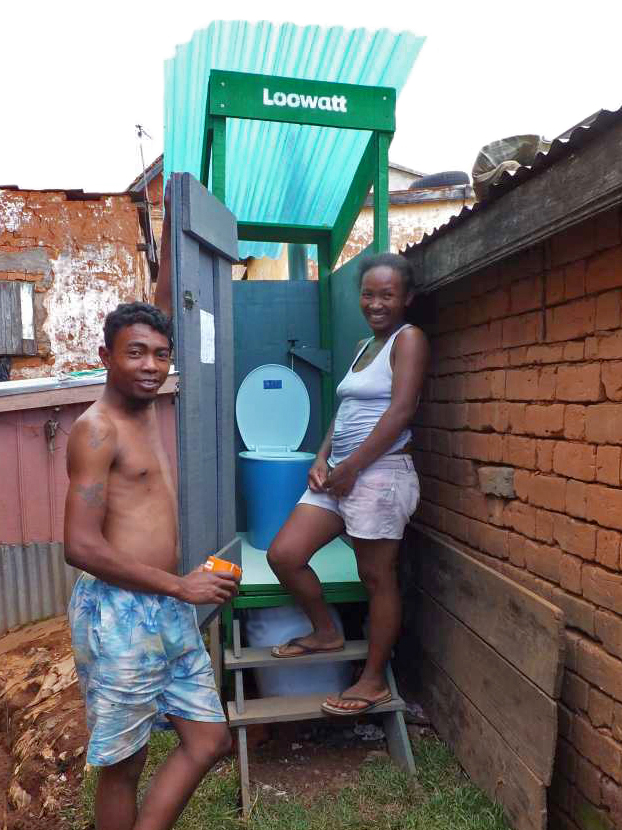Loowatt's Emergency Toilet - the beginning...

Loowatt Ltd, a UK-based startup, is setting out on a journey to bring our sanitation solutions to people struggling in disaster situations. Sponsored through a grant from the Humanitarian Innovation Fund (HIF), we are preparing our technology for implementation in response efforts.
Loowatt’s toilet technology uses biodegradable film and a unique, simple sealing technology to capture waste in cartridge below the toilet, which is periodically emptied (about once a day to once a week, depending on utilisation rates). The film and waste are then treated in anaerobic digestion systems to produce fuel. Loowatt has been trialed successfully in urban Madagascar and at festivals in the UK.
Our technology could save lives in urban areas and flood zones, where latrines can pose major health risks if the water table is shallow or the population dense. The need for “above-ground” waterless toilet solutions became prevalent after the 2010 Haiti Earthquake, and the current disaster in Nepal again highlights the need for new technologies.
Our first step to understanding requirements is to listen to practitioners who have decades of experience in the field. We have begun this process and will continue to learn in the coming weeks.
Here are a few facts we’ve picked up so far:
- Humanitarian relief sanitation implementation is planned in phased approaches – Phases 1 and 2 comprise the first year, while Phase 3 is the time after, which in refugee camps lasts on average 17 years.
- Over 95% of the toilets implemented for humanitarian relief are pit latrines. When the latrines are full, they are “backfilled”—a cover of soil laid atop the buried human waste. In long term situations, the latrines need to be emptied or replaced.
- There are currently at least 2 million toilets in refugee camps around the world, most of which are latrines.
We will continue to share our findings, so please check back, and get in touch if you’d like to discuss the project!
Feature photo: A household Tsiky toiley installed in 2014
Stay updated
Sign up for our newsletter to receive regular updates on resources, news, and insights like this. Don’t miss out on important information that can help you stay informed and engaged.
Related articles
.png)


Explore Elrha
Learn more about our mission, the organisations we support, and the resources we provide to drive research and innovation in humanitarian response.